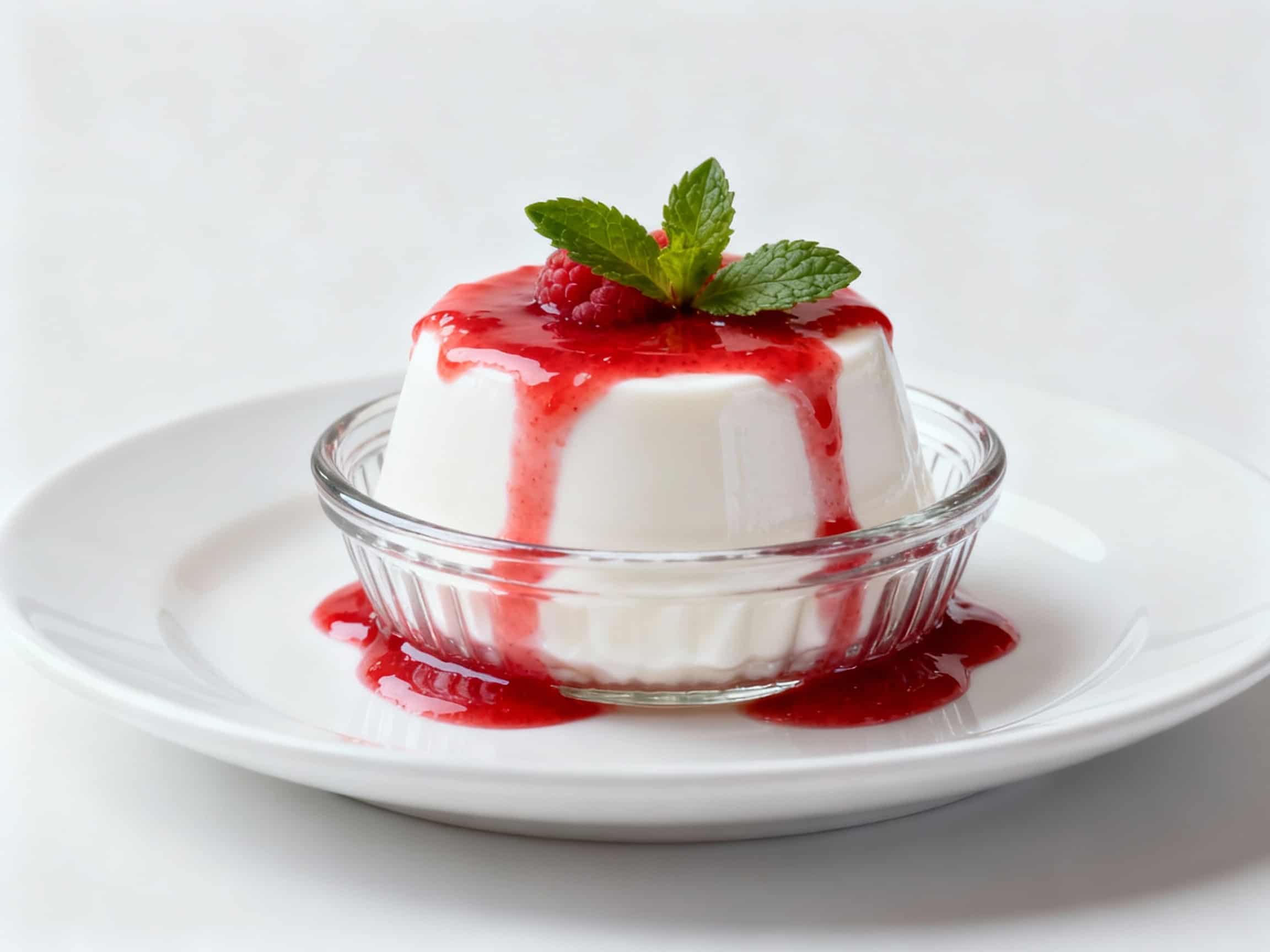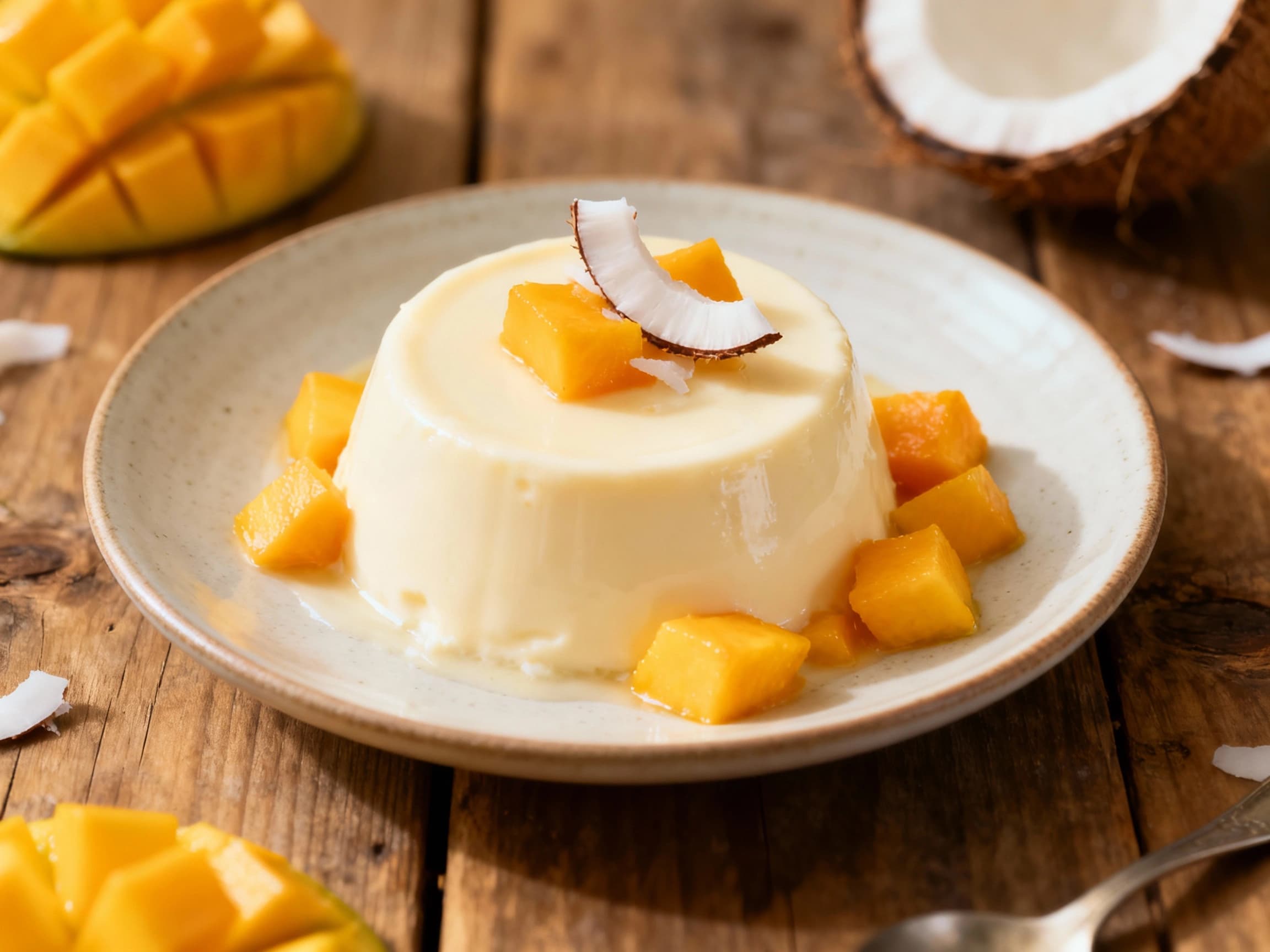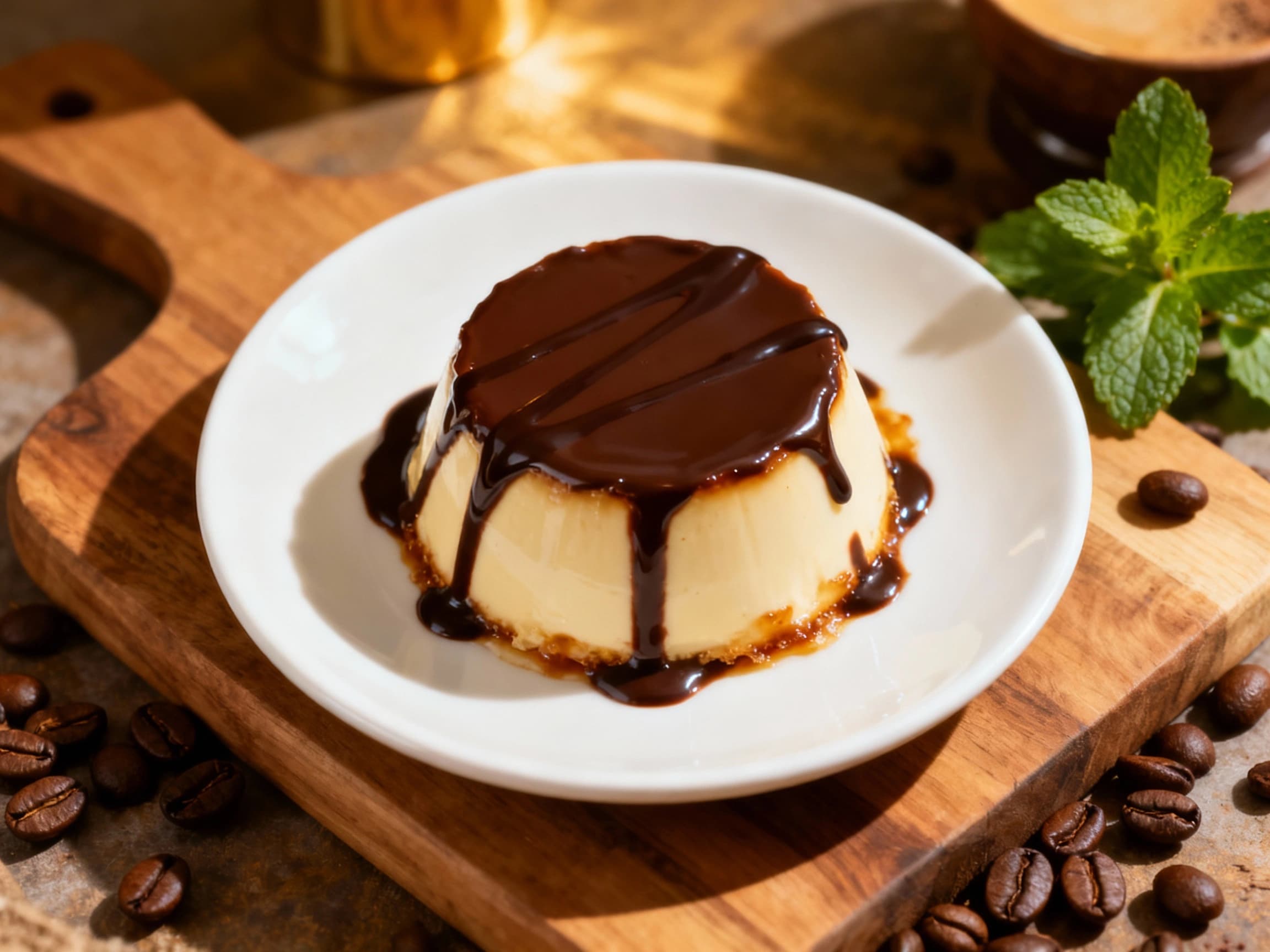
Panna Cotta
Panna Cotta
- Country
- Italy
- Region
- Piedmont
- Recipes
- 3 Recipes
Dish information
Panna Cotta, meaning 'cooked cream' in Italian, is a delightful dessert originating from the Piedmont region. While its exact historical roots are a bit obscure, popular legend attributes its invention to a Hungarian noblewoman living in the Langhe hills in the early 20th century. However, similar cream-based desserts thickened with fish bone gelatin or animal protein have existed in various European cuisines for centuries. Panna Cotta as we know it today, using gelatin to set sweetened cream, likely evolved from these earlier forms. It gained significant popularity in Italy throughout the 20th century and was officially recognized as a traditional Piedmontese product in the 1990s. Its simplicity is its charm: rich cream, sugar, and vanilla are gently heated, then set to a delicate wobble, making it a perfect canvas for various toppings like berry coulis, caramel, chocolate, or fresh fruit. The elegant, understated nature of Panna Cotta reflects the sophisticated yet unpretentious culinary traditions of Piedmont, known for its fine wines and truffles. It provides a light, refreshing end to a rich meal.
Timeline
Early forms of sweetened, set cream desserts appear in European cookbooks.
Legend suggests a Hungarian noblewoman in Piedmont invents early Panna Cotta.
Panna Cotta becomes increasingly popular in Italian restaurants.
Panna Cotta is recognized as a traditional Piedmontese food product.
Explosion of Panna Cotta's popularity in international fine dining.


